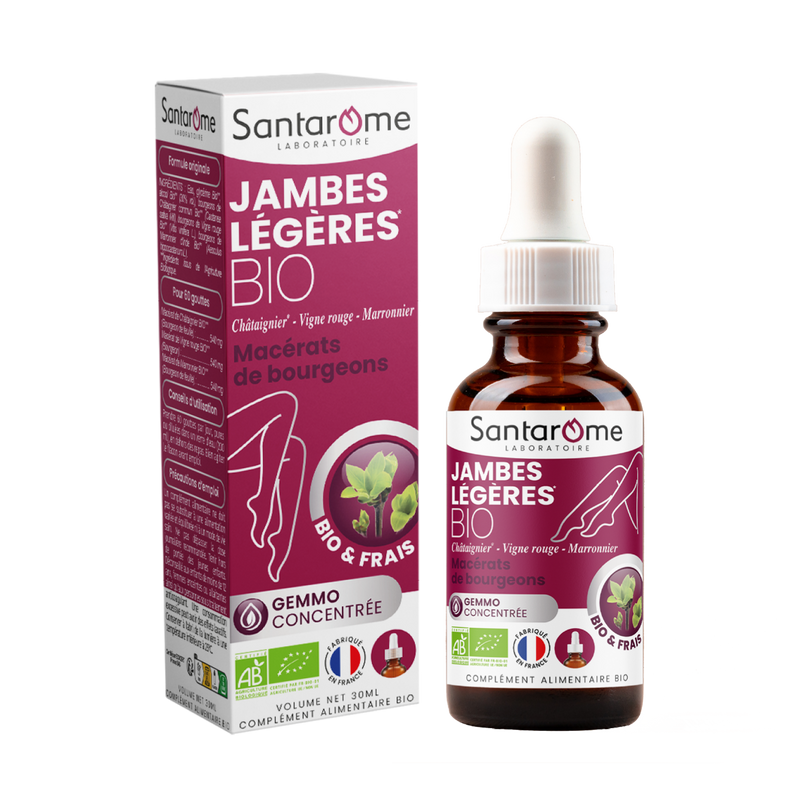Composition and main active compounds of the Chestnut tree
The chestnut tree is composed of a multitude of active substances with varied properties. Among the most important are:
- Carbohydrates : present in large quantities in fruits, carbohydrates are an essential source of energy for the body.
- Lipids : although less present than carbohydrates, the lipids in chestnut trees are rich in unsaturated fatty acids, which are beneficial for cardiovascular health.
- Proteins : essential for the functioning of the body, proteins are present in the leaves and bark of the chestnut tree.
- Vitamins and minerals : the chestnut tree is a good source of vitamins B and E, potassium, magnesium and iron, essential elements for health.
- Tannins : present particularly in the bark, tannins have astringent and antioxidant properties.
- Flavonoids : these antioxidant compounds help protect cells against damage caused by free radicals.

















